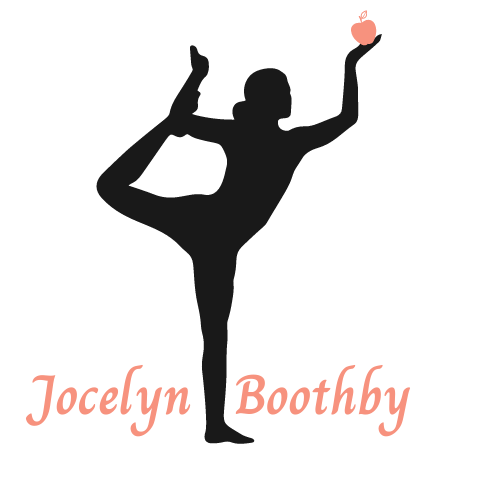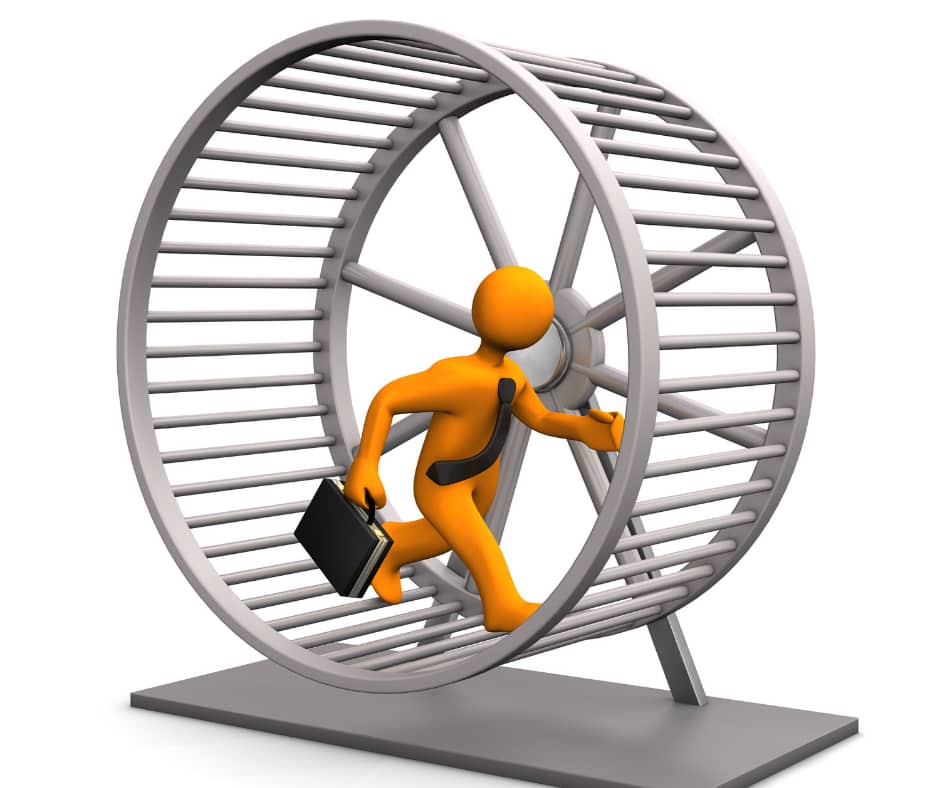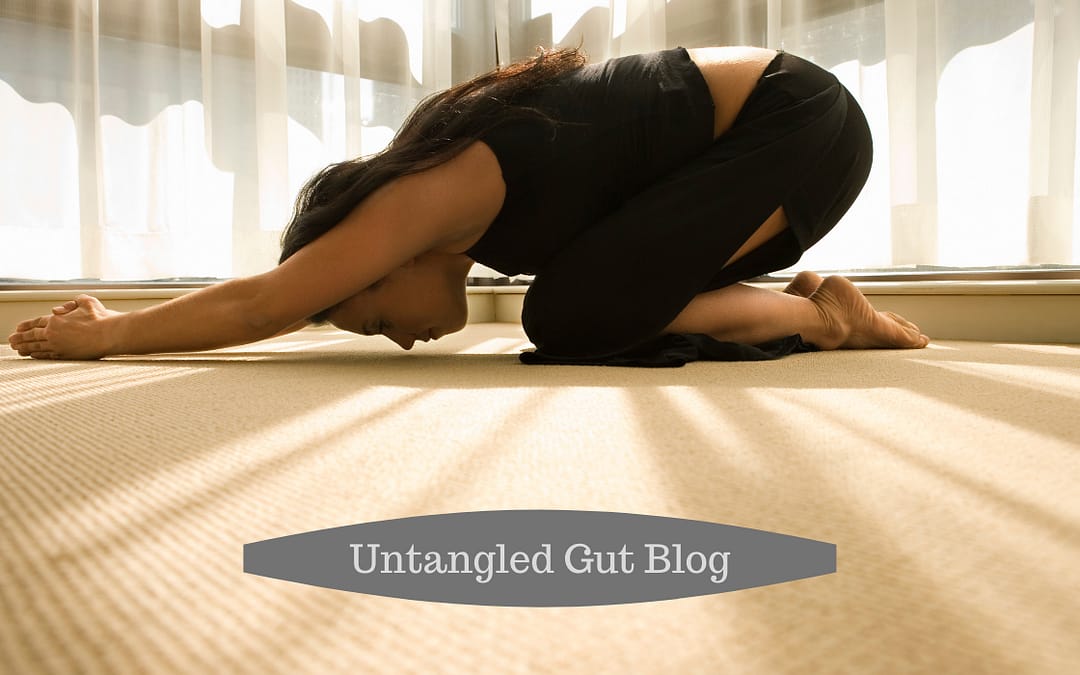
Yoga to Relieve Pain: Research Backed Reasons Why it Works
Yoga to Relieve Pain
Pain: An unpleasant sensory and emotional experience associated with actual or potential tissue damage.
I started yoga (somewhat reluctantly) to compliment the rest of my fitness routine. I used it mainly for recovery and flexibility.
But as I continued to practice consistently, I noticed many other incredible benefits of yoga. Among them being yoga’s ablility to relieve pain.
A few years after beginning yoga, I started participating in martial arts. I ended up with aches and pains in my shoulders, back and hips. I found that yoga helped to ease these pains and also made them a less frequent annoyance.
As a yoga instructor, I get asked many questions about using yoga to relieve pain. I never want to misinform anyone, so I became curious as to whether my experience was typical, simply a coincidence, or just my imagination!
After a little digging, here is what I have found.
Yoga for pain relief: acute vs. chronic pain
It is important to note that most of the research I will discuss in this post refers to yoga for chronic pain relief as opposed to acute pain. Acute pain is a self-limited response to some kind of injury or illness. It is brought on by a real threat to the body and serves the biological purpose of protecting the body.
In contrast, chronic pain is ongoing, lasting more than six months, and does not serve a biological purpose.
Although yoga practices are useful in cases of acute pain (stay tuned…I will look at this in future blog posts), much of the research I will look at here concerns chronic pain issues. Treating chronic pain usually involves multiple interventions. Several researchers seemed interested in how yoga could be used as one non-pharmacological technique for people dealing with long-term pain.
What I found interesting was the variety of ways in which yoga actually addresses the very complex nature of chronic pain.
Changes in brain structure and pain perception:
Observable changes in brain structures have been found in response to chronic pain. Brain imaging studies show alterations (decreases) in gray matter volume and the connectivity of white matter in the brains of people experiencing chronic pain.
Researchers are finding that practicing yoga has the opposite effect on the brain, counteracting chronic pain. Catherine Bushnell, PhD, a researcher in this area remarked:
‘The encouraging news for people with chronic pain is mind-body practices seem to exert a protective effect on brain gray matter that counteracts the neuroanatomical effects of chronic pain. Some gray matter increases in yogis correspond to duration of yoga practice, which suggests there is a causative link between yoga and gray matter increases.’
To summarize the findings, yoga can produce the exact opposite brain structural changes as chronic pain. Brain structure and function are protected and result in pain relief!
The amazing protective quality that yoga creates for the brain may also explain another finding of this research. Yoga practitioners demonstrated a significant increase in pain tolerance and a change in pain thresholds compared to the general population. So yoga also positively affected people’s perception of their pain.
In addition to neutralizing changes in brain structure, yoga also balances out some of the physiological changes brought on by chronic pain.
Physiological changes of chronic pain:
Chronic pain causes hyper-excitability of the nervous system. Think of this as nerves overreacting to otherwise normal circumstances. The brain becomes more likely to misinterpret signals as threatening and sensations as painful.
During hyper-excitability, the activity of the sympathetic nervous system (fight or flight response) also increases. In this state our physiology changes to help our body respond to a perceived stressor by:
- Increasing heart rate
- Increasing blood pressure
- Increasing respiratory rate
- Tensing muscles
- Sweating
Yoga techniques (such as gentle postures, breathing practices, and systematic relaxation) reverse the ‘fight or flight’ response and alter the pain experience by producing the ‘relaxation response’. Yoga is known to:
- Decrease sympathetic nervous system activity
- Decrease inflammatory markers
- Decrease stress markers (cortisol)
- Relax skeletal muscles
- Increase digestive function
- Increase breath volume
- Increase flexibility, strength and endurance
Yoga’s ability to nudge the nervous system into the ‘rest and restore’ (parasympathetic) mode is believed to contribute to relief of pain symptoms in chronic conditions such as fibromyalgia, Complex Regional Pain Syndrome and chronic pelvic pain. Take a look at this previous blog post to learn about 3 poses that you can use now to shift to the calming part of your nervous system.
So far we have seen that yoga causes changes in brain structure and physiology that improve quality of life for people experiencing chronic pain. One last mechanism that explains yoga’s success in pain management is how it impacts psychological well-being.
Behavioral and psychological changes:
After repeated exposure to the same pain signals, the body starts to become hyper-vigilant. It is on the lookout for the next threat of pain symptoms. This disrupts the mind-body connection, leading to feelings of anxiety, fear, worry, and depression. All of these psychological effects of chronic pain contribute to a decrease in quality of life and can increase perceived pain.
Yoga practices allow chronic pain sufferers to change their relationship and response to pain by supporting and strengthening the mind-body connection. Yoga and mindfulness practices:
- Increase awareness of the mental and physical state
- Increase one’s understanding of pain
- Increase the frequency of positive emotions
- Increase pain acceptance
- Improve coping skills
In one research study, the effects of an 8-week Hatha yoga intervention on a variety of symptoms in women with fibromyalgia were evaluated. The results revealed that the yoga program reduced continuous pain and increased chronic pain acceptance and mindfulness.
Yoga accomplishes this by teaching you how to listen to your body more closely so you can regain a sense of control and courage. These emotions gradually replace negative feelings such as fear and worry.
In this example, yoga proved effective at managing chronic pain by addressing yet another piece of the chronic pain puzzle: the emotional and psychological aspects of coping with recurring pain.
My conclusion?:
All of this research definitely makes me confident in giving my yoga practice credit for helping ease some of my pain issues.
It seems that there are several research-based reasons to try yoga to manage chronic pain, especially as part of a comprehensive plan with other therapies. If you are experiencing any form of chronic pain, adding yoga to your routine and recovery may help you ease that discomfort.












